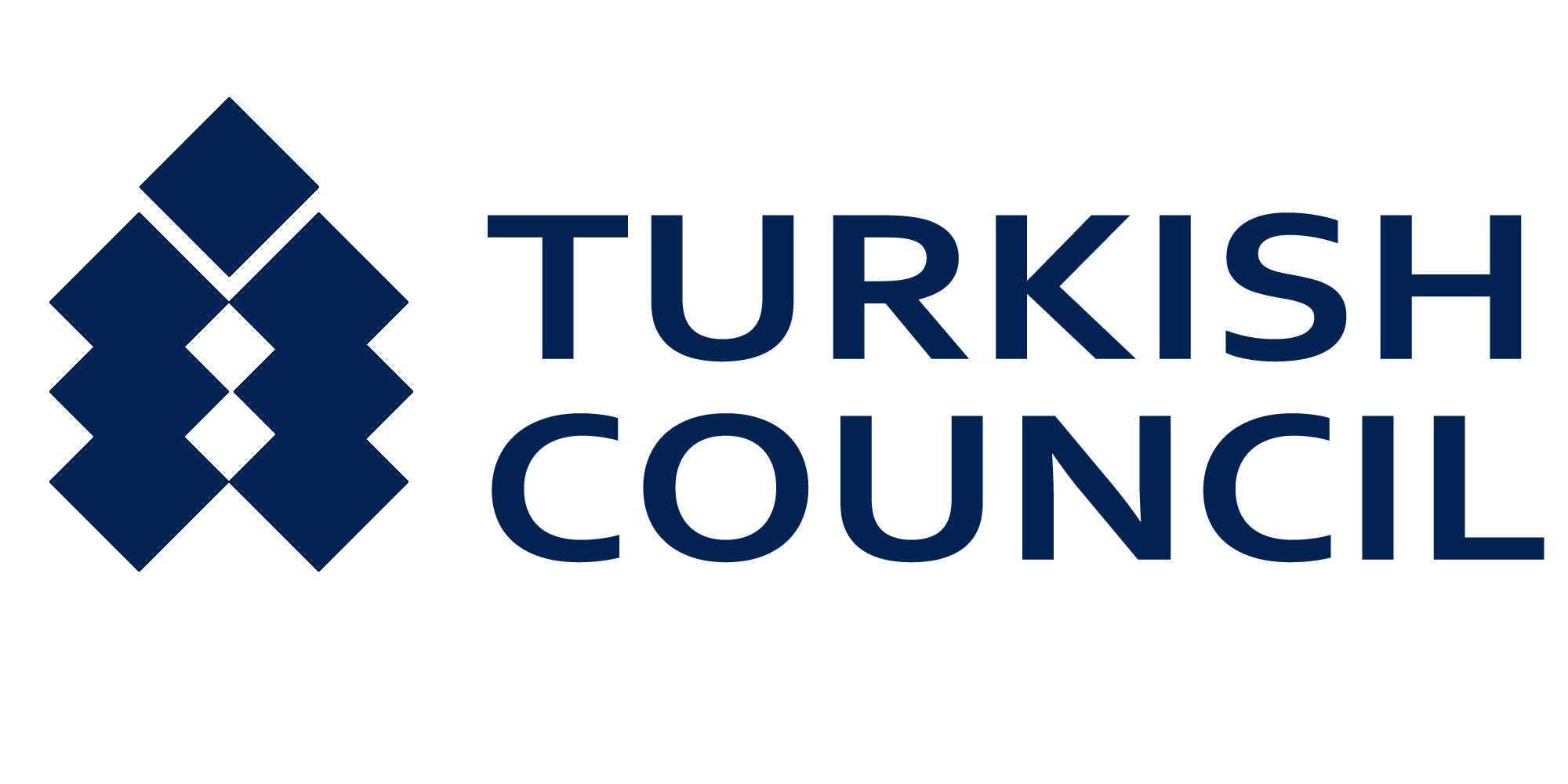Blog
Understanding Turkish Grammar Basics
- August 3, 2024
- Posted by: Burak Ünal
- Category: Turkish Language

Understanding the fundamentals of Turkish grammar is pivotal for anyone keen on mastering this beautifully structured language. At Turkish Council, we believe that a strong grasp of grammar paves the way for effective communication and deeper cultural immersion. Turkish, with its unique agglutinative nature, enables learners to build words and sentences in a systematic manner by attaching suffixes to root words. This characteristic not only enhances linguistic creativity but also simplifies the learning process for non-native speakers. Our comprehensive Turkish Language Course for foreigners is meticulously designed to elucidate these grammar basics, ensuring learners gain confidence in their language skills from the outset. Join us in exploring the intricacies of Turkish grammar, and elevate your linguistic journey with the expert guidance of our experienced instructors. Dive into a world where each suffix and root word opens up new realms of expression and understanding.
Key Elements of Turkish Syntax
Turkish syntax, or sentence structure, plays a crucial role in conveying meaning and ensuring clarity. One of the key elements to understand is the Subject-Object-Verb (SOV) order, which differs significantly from the Subject-Verb-Object (SVO) order found in English. This means that in a typical Turkish sentence, the verb comes at the end. For example, “I eat apples” in English would be structured as “I apples eat” in Turkish (“Ben elma yerim”). Mastering this foundational aspect of Turkish syntax helps learners form coherent and grammatically correct sentences, facilitating smoother communication and enhancing overall comprehension.
Another essential aspect of Turkish syntax is the use of suffixes to indicate grammatical relationships within a sentence. Unlike fixed word order languages, Turkish uses a variety of suffixes attached to nouns, verbs, and adjectives to convey nuances such as tense, mood, number, and case. For instance, to indicate possession, a suffix is added to the noun, transforming “kitap” (book) into “kitabım” (my book). This agglutinative feature allows for significant flexibility in sentence construction, enabling the speaker to place emphasis on different parts of the sentence depending on context and intent. By becoming adept at recognizing and using these suffixes, learners can greatly expand their syntactic versatility and gain a deeper understanding of how meaning is structured within the Turkish language.
Equally important to grasp is the concept of vowel harmony, a characteristic that streamlines the application of suffixes in Turkish syntax. Vowel harmony ensures that the vowels within a word or a string of morphemes follow certain harmonious patterns, which makes the conjugation and declension processes more fluid and intuitive. This rule dictates that suffixes must align with the vowel type in the root word—either front or back vowels—facilitating smoother pronunciation and a more coherent flow of speech. Understanding how vowel harmony functions not only boosts your ability to properly use suffixes but also enhances your overall fluency in constructing sentences. By integrating vowel harmony into their practice, learners tether their syntactic skills to the natural, melodic cadence of Turkish, ultimately making the language learning experience both more effective and enjoyable.
Essential Verb Conjugation Rules
Understanding verb conjugation is an essential step in mastering Turkish grammar. Verbs in Turkish are conjugated according to tense, mood, and aspect, and their structure changes to reflect the subject of the sentence. Unlike English, Turkish uses a straightforward set of rules to modify verbs, which can make sentence construction more predictable and easier to learn once the patterns are recognized. One of the core features of Turkish verb conjugation is the use of personal suffixes that attach directly to the verb stem, indicating who is performing the action. At Turkish Council, we guide our students through these rules with practical examples and interactive exercises, allowing them to internalize the patterns and apply them confidently in conversations.
Another vital aspect of Turkish verb conjugation is understanding the role of tense suffixes. Turkish tenses encompass past, present, future, and various aspects of continuous or habitual actions, each requiring specific suffixes to be added to the verb stem. For example, the present continuous tense is formed by adding the suffix “-iyor” to the verb stem, while the past tense often utilizes the suffix “-di” or its variants. This systematic approach offers clarity and consistency, enabling learners to distinguish between actions taking place at different times easily. At Turkish Council, our curriculum is designed to break down these tenses step-by-step, ensuring learners not only grasp the theoretical aspects but also apply them in real-life scenarios through dialogue practice and contextual exercises.
Another key to mastering Turkish verb conjugation lies in recognizing the importance of vowel harmony and buffer consonants. Vowel harmony ensures that the vowels within a word harmonize to create a flow that is both pleasant to the ear and consistent within the language’s phonetic structure. For instance, the vowel in the suffix must match the primary vowel in the verb stem, adhering to either front or back vowel harmony rules. Additionally, buffer consonants are often inserted to facilitate smoother pronunciation and maintain grammatical structure, such as the “y” and “n” consonants in certain tense conjugations. By focusing on these nuances, our Turkish Language Course at Turkish Council provides learners with a comprehensive understanding of the language’s inherent logic. This, in turn, augments their ability to construct sentences with greater confidence and precision.
Navigating Turkish Noun Cases
Navigating Turkish noun cases is an essential step in mastering the language as it allows learners to properly structure sentences and convey precise meanings. Turkish utilizes several noun cases, including the nominative, accusative, dative, locative, ablative, and genitive, each serving a distinct grammatical function. By attaching specific suffixes to nouns, one can indicate the subject of a sentence, the object, direction, location, source, and possession with clarity. Understanding how these cases work not only enhances comprehension but also enriches conversational abilities, enabling more nuanced communication. At Turkish Council, our language course provides clear and concise explanations of these noun cases, accompanied by practical exercises to reinforce learning and ensure you can confidently apply them in various contexts.
At Turkish Council, we understand that one of the trickiest aspects for learners is mastering the application of these noun cases within sentences. Our immersive approach includes a variety of interactive activities such as sentence reconstruction, role-playing, and contextual usage scenarios. These exercises are designed to help you internalize the rules and fluidly apply them in everyday conversation. Moreover, our instructors incorporate cultural insights and real-life examples to illustrate the practical use of noun cases, bridging the gap between theoretical knowledge and practical application. This hands-on method ensures that learners not only memorize suffixes and their functions but also develop an intuitive grasp of when and how to use each case, making your learning experience both effective and enjoyable.
Furthermore, our personalized feedback mechanism ensures that you receive immediate and constructive guidance tailored to your specific learning needs. Each student at Turkish Council can benefit from one-on-one sessions with our experienced instructors, where common pitfalls and individual challenges with noun cases are addressed. This targeted approach helps to solidify your understanding and correct any misunderstandings promptly. By fostering an open and interactive learning environment, we enable you to ask questions freely and gain deeper insights through detailed explanations. Our goal is to make the nuances of Turkish noun cases second nature to you, allowing you to express yourself with confidence and ease in any situation.
- Buy Our Online Turkish Language for Beginners: https://courses.turkishcouncil.org/courses/learn-turkish-a1/
- Visit Turkish Council for Turkish Course Visa Invitation Letter: https://www.turkishcouncil.org
- Visit Turkey Residence Agency for Your Immigration Requests: https://www.residentturkey.com
- Visit Gordion Partners for Investment in Turkey: https://www.investment.com.tr
- Visitez Campus Turquie si vous parlez français: https://www.campusturquie.org
Disclaimer: This article is for general informational purposes only and you are strongly advised to consult a professional to evaluate your education. No liability is accepted that may arise from the use of the information in this article.
